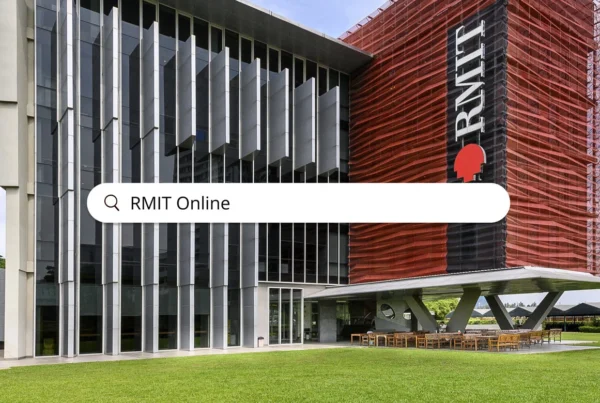Visualising an Enterprise Education Journey with RMIT Online
Client
RMIT Online
Services
Design Research, Customer Experience, Journey Mapping
Industry
Education
Year
2022

Impact
Since 2017, RMIT Online has been offering online courses primarily for individuals looking to develop their skills. However, they have recently expanded to provide products for enterprise clients.
To better understand the needs of this growing market segment, RMIT Online worked with Symplicit to evaluate their current services and identify areas for improvement. Symplicit helped RMIT Online recognise how they could adapt their individual-focused services to better cater to enterprise needs.
Value
We created Hybrid Journey Maps by combining Service Blueprints to showcase how different teams support the Client and Learner journeys. These maps highlight both the backstage tasks and the frontstage Client actions.
The maps identify positive points, current challenges, and opportunities. They are valuable inputs for RMIT Online’s innovation processes. The maps are designed to be editable and shareable, serving as living documentation that can be updated by the team to keep it relevant and live as their service evolves.
Process
Initially, Symplicit engaged with RMIT Online’s staff, clients, and learners through workshops, interviews, and examining current documentation and online learning examples. Our aim was to understand the current practices, effective methods, and current opportunities. We then created draft versions of Journey Maps and shared them with the same people for feedback and validation. These maps were meticulously designed to ensure they accurately mirrored the experiences of our participants.
We made sure that the maps were not just a beautiful piece of art that could be displayed, but also practical and editable digital maps. We focused on both the visual appeal and the ease of updating and managing them as living documents. This ensured that they were not only aesthetically pleasing, but also easy to maintain. We had handover sessions with the teams who would use and update the documents, and provided them with an interview guide and a ‘how-to’ guide so that RMIT Online could continuously update the maps.
It was a productive session! By the end, we had crafted a total of 9 journey maps that can be easily edited to suit any changes in circumstances. We also managed to gather a whopping 210 insights, which included both pain-points and opportunities. All these insights were efficiently packaged together to address various problems we identified within context.
One of the maps we created was an ‘index map’ that showed how each phase of the individual maps flow together. This made it easier for us to see the bigger picture and identify areas that needed more attention.
To keep the momentum going, we organised a follow-up prioritisation workshop that helped RMIT Online to turn all the opportunities into actionable items.
Mindset
For our project, we took a design thinking approach that made sure we considered the client’s needs and desired outcomes. We wanted to find the most suitable way to create this project, so we conducted research using a human-centred design approach. We collaborated with RMIT Online staff members, clients, and learners directly to gather information that we then turned into editable artifacts. By doing this, we were able to make sure that we were creating something that would truly meet the needs of everyone involved.



